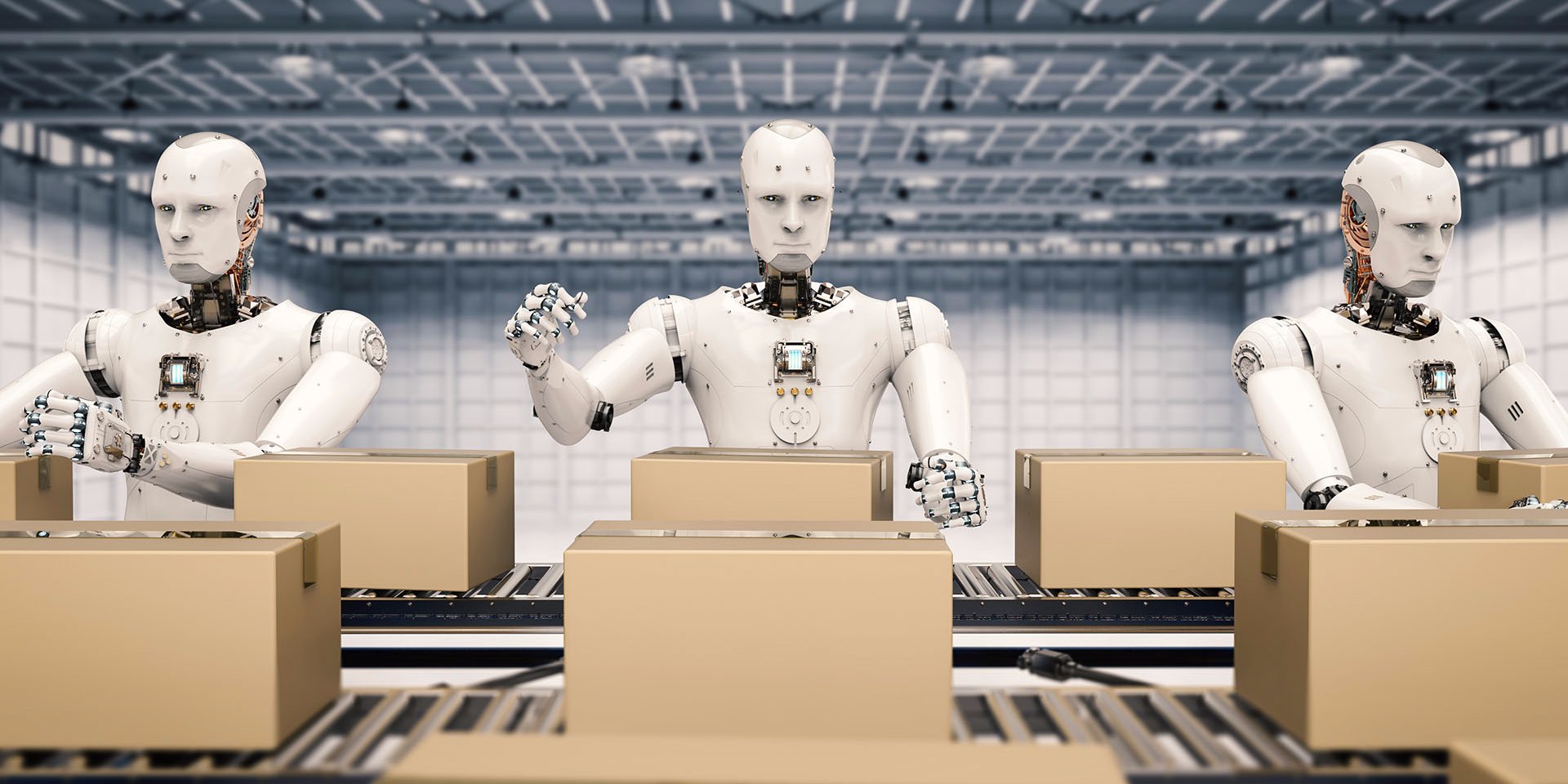 Shutterstock
Shutterstock
- JPMorgan Asset Management believes automation could increase global GDP by more than $1.1 trillion in the next 10-15 years.
- “Technology will affect economic growth rates and capital market returns in ways that are difficult to foresee,” according to a report from a team of strategists headed by John Bilton, JPMAM’s Head of Global Multi-Asset Strategy.
- Workforce automation has been a much discussed topic in recent months and years, with many believing that human workers in certain simpler professions will soon be replaced by robots or automated processes.
LONDON — Technological advances such as automation could increase global GDP by more than $1.1 trillion over the next 10-15 years, according to a new report from analysts at JPMorgan Asset Management seen exclusively by Business Insider.
The asset management arm of banking giant JPMorgan believes that technological advances across all areas of society could lead to big productivity gains, which in turn will likely boost economic growth.
“Technology will affect economic growth rates and capital market returns in ways that are difficult to foresee,” the report, authored by a team of strategists headed by John Bilton, JPMAM’s Head of Global Multi-Asset Strategy, argues.
“Workforce automation and AI have the potential to deliver significant overall productivity gains, and some nations facing growth challenges from aging populations could see an additional boost to trend growth rates.”
“In the past, technological innovation transformed society and increased labor productivity in three key ways,” the report states.
Those were:
- “Replacing existing workers with machines, and thus producing at least the same output with fewer workers (e.g., refrigeration vs. the ice man);”
- “Complementing existing workers’ jobs, boosting output per worker by automating some of their tasks (e.g., power tools);”
- “Creating entirely new, higher productivity industries (e.g., computer software engineering), offsetting the displacement of workers by machines, or replacing altogether industries that have been made obsolete.”
The extra growth delivered, the report said, would likely be in the order of around a 1%-1.5% boost to global GDP. The most recent estimates suggest that this is around $75.6 trillion, meaning that any boost would be worth in excess of $1 trillion. That’s roughly equivalent to the GDP of Mexico or Australia in 2016.
Here’s JPMorgan Asset Management’s chart:
 JPMorgan Asset Management
JPMorgan Asset Management
Workforce automation has been a much discussed topic in recent months and years, with many believing that human workers in certain simpler professions will soon be replaced by robots or automated processes.
A 2016 report from the World Economic Forum argued thatautomation will lead to a net loss of over 5 million jobs in 15 major developed and emerging economies by 2020.
Fears about job replacement are perhaps most acute in the financial services sector, where many relatively easy tasks such as data entry, could soon be automated, potentially causing widespread job losses.
“In our banks we have people behaving like robots doing mechanical things, tomorrow we’re going to have robots behaving like people,” Deutsche Bank CEO John Cryan said in September.
“We have to find new ways of employing people and maybe people need to find new ways of spending their time… The truthful answer is we won’t need as many people.”













